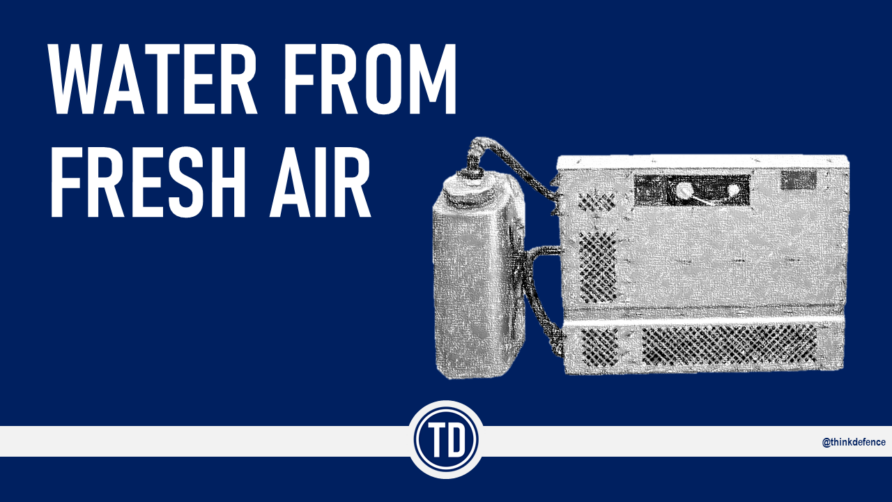In this part of the ‘reducing resupply’, a look at rations, and food more generally.
It is probably fair to say there is less scope for demand reduction with food, and not that much more for ‘living off the land’.
Like water, there is a lot of science behind combat nutrition, get it wrong, and you have multiple non battle injuries that can take units off the map ‘en-masse’.
I am going to exclude the ‘escape and evasion’ type options of small game trapping, fishing, and such like, their existing use cases are specialised and not ideally suited to sustained operations in a combined arms setting.
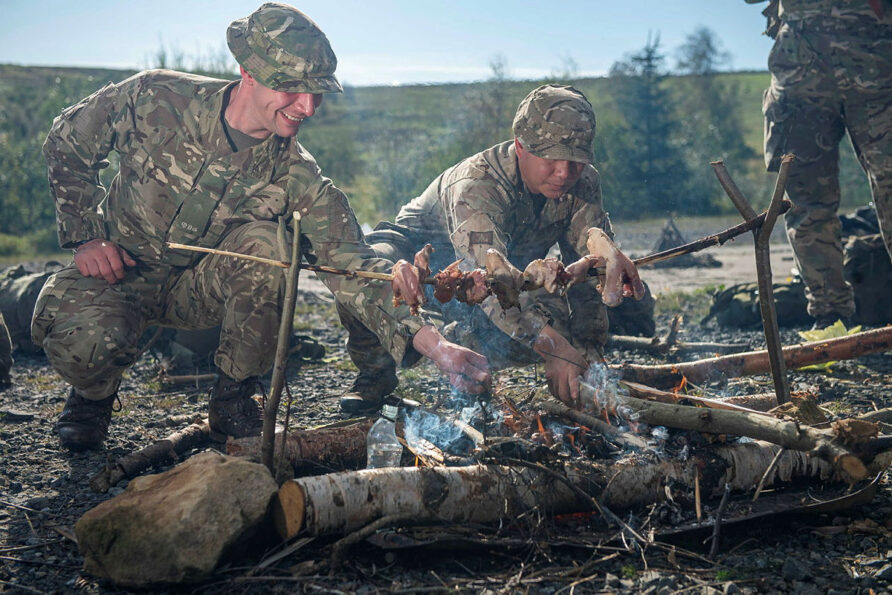
Existing Rations
In the UK, Vestey Foods supply the MoD with a plethora of ration packs.
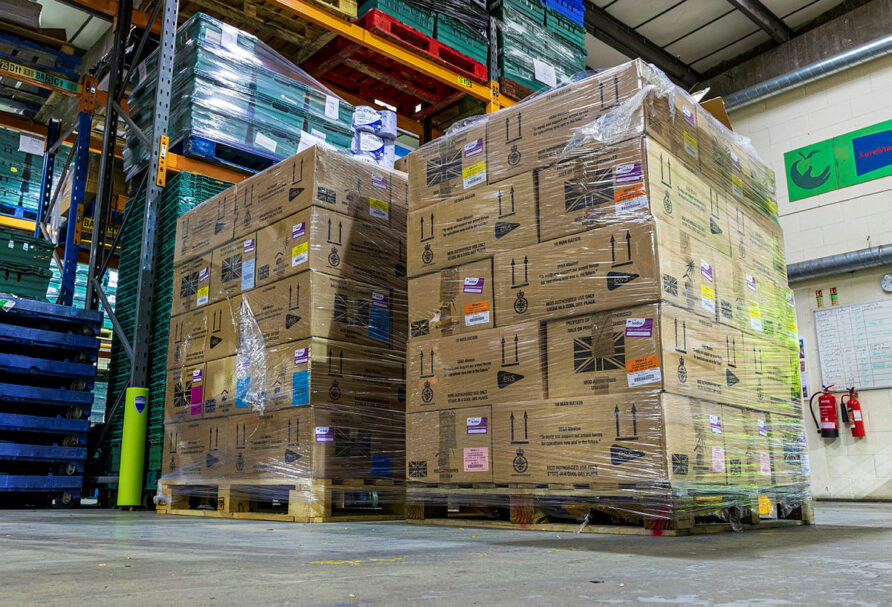
The British Armed Forces use a range of ration packs tailored to operational durations, group sizes, environments, and dietary needs.
Below is a list of the different types, including variants where applicable.
- Individual Short-Duration Rations
- 8 Hour Single Meal Ration Pack: A compact pack for brief operations or as a supplement, containing one main meal, snacks, and beverages.
- 12 Hour Operational Ration Pack: Designed for half-day sustainment, with options like a vegetarian variant.
- 24 Hour Operational Ration Packs (ORP)
These are the primary individual field rations, providing approximately 4,000 calories for 24 hours. They can be eaten hot or cold and include meals, desserts, beverages, snacks, and accessories like water purification tablets and matches.
Variants address specific diets, climates, or missions:
- General Purpose (GP): Standard version for normal conditions.
- Vegetarian: Meat-free options suitable for vegetarians and some kosher diets.
- Vegan: Fully plant-based menus.
- Halal: Compliant with Islamic dietary laws, featuring halal-certified meats.
- Kosher: Compliant with Jewish dietary laws.
- Sikh/Hindu: Vegetarian menus aligned with Sikh and Hindu requirements.
- Enhanced: Standard pack with added nutritional supplements for high-intensity activities.
- Cold Climate: Adapted for arctic or cold environments, with higher calorie dense foods like instant oats.
- Hot Climate: Suited for tropical or desert conditions, including extra hydration mixes.
- Multi Climate Box A: Versatile for varying climates, with specific meal combinations.
- Multi Climate Box B: Another multi-climate variant with alternate menus.
- Arctic: Specialised for extreme cold, emphasizing high-energy components.
- Tropical: Adapted for hot, humid environments with appropriate hydration and meals.
- Jungle: Tailored for jungle operations but no longer available.
- Patrol: Lightweight, dehydrated version for patrols requiring minimal weight, rehydrated with water.
Group Rations
- 4-Man Ration Pack: Intended for armoured vehicle crews or other teams, containing four individual portions in one box with modifications like extra beverages.
- 10-Man Operational Ration Pack: Feeds 10 personnel for 24 hours, used in field kitchens or bases; includes fresh-like components and requires minimal preparation.
Emergency and Survival Rations
- Emergency Flying Rations (EFR) Mark 4: Compact survival pack for aircrew.
- Emergency Flying Rations (EFR) Mark 9: Updated version of the aircrew survival ration.
- Emergency Survival Rations: Basic, no-menu pack for emergencies.
There are probably a few mistakes and omission in that list but hopefully, it illustrates the diversity of ration packs.
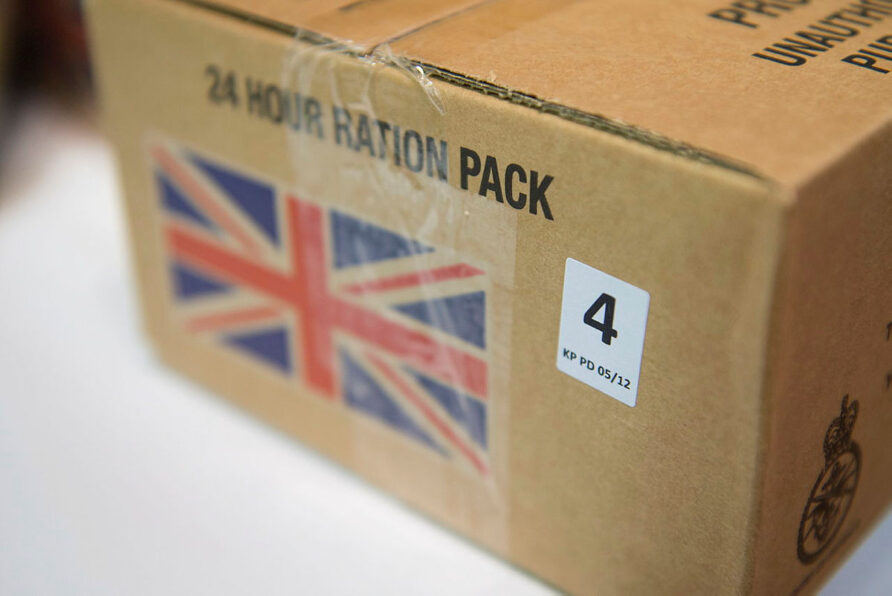
Ration Options
There are of options for reducing volume in ration resupply, using energy and nutrition dense solutions.
The First Strike Ration (FSR) was a specialised combat ration developed by the United States military to support troops during the initial, high-intensity phases of operations, typically the first 72 hours.
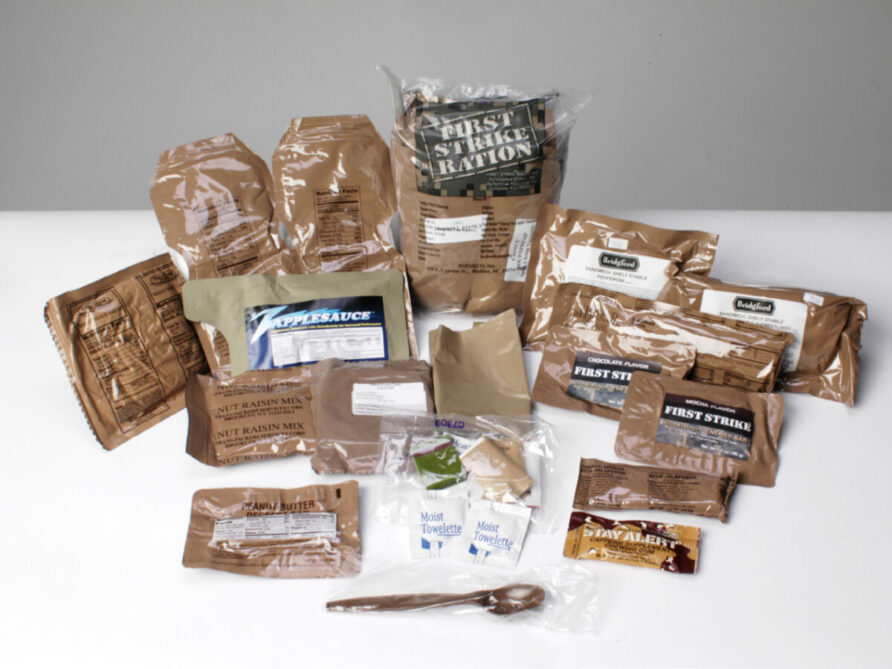
Created by the U.S. Army Natick Soldier Research, Development and Engineering Center (NSRDEC) in Natick, Massachusetts, as part of ongoing efforts to improve combat feeding systems.
They were specifically not designed for sustained use and reducing resupply burden.
Development began in the early 2000s, drawing from lessons learned in conflicts like those in Iraq and Afghanistan, where soldiers needed lighter, more portable food that could be consumed on the move without preparation time. Before the FSR, troops operating outside forward operating bases for short durations (2-7 days) relied on standard Meals, Ready-to-Eat (MRE’s), which were bulkier and required more time to eat.
By 2008, it was officially rolled out by the Combat Feeding Directorate to address weight and mobility issues in dismounted operations. The ration expanded to nine menus by 2011, incorporating familiar, calorie-dense items like energy bars, pocket sandwiches, and caffeinated gum to enhance performance. The FSR is a single, compact 24-hour ration pack intended to replace three MRE’s during assault phases, emphasising mobility and quick consumption. They are about 50% f the weight and volume of standard ration packs. The FSR was not meant for long-term use (beyond 72 hours) due to its optimized but limited nutritional profile.
Replacing FSR, the Close Combat Assault Ration (CCAR) improves on the concept, whilst reducing weight and volume yet again (17% reduction in weight and a 39% reduction in volume)
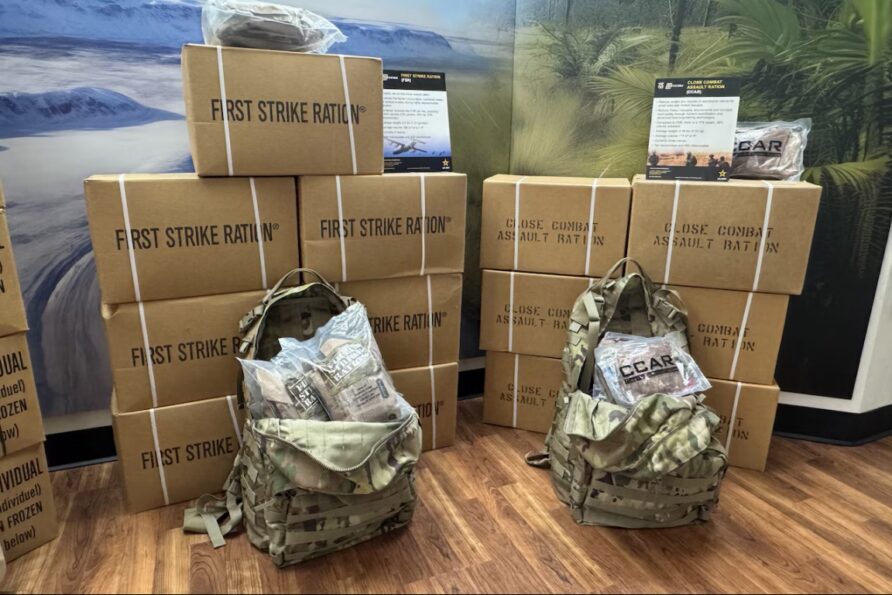
The British Army does have rations designed for short-duration, high-mobility operations similar to the US First Strike Ration (FSR), though not an exact one-for-one match in format or duration, and I don’t think anything equivalent to CCAR.
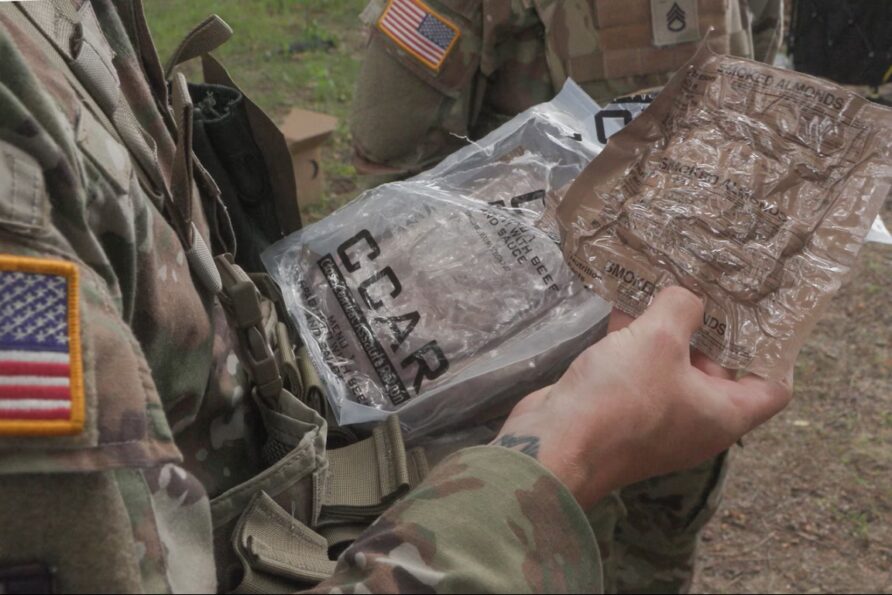
Therefore, if we want to reduce volume, and subsequently, resupply, we could perhaps look at a UK equivalent to the First Strike or Close Combat Assault Ration.
Instead of a shelf stable pizza in a pouch, how about long live Gregg’s Sausage Roll!
A more severe alternative to something like an FSR/CCAR is a survival ration, like the ones from the Norwegian company, GC Reiber Compact (now part of the Lorenz Group)
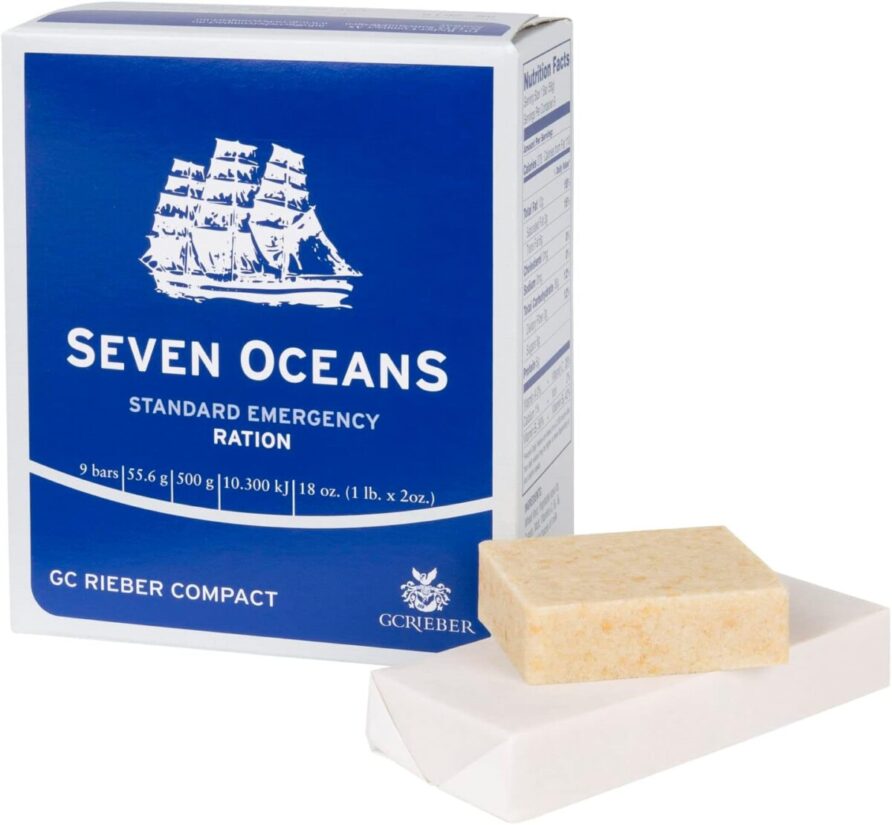
These are in the category of ‘better than nothing’ in terms of taste and texture, but they are sustaining and incredibly compact
A single pallet weighs 740 kg and contains 1,320 units, with approximately 2,400 calories per unit.
Each unit provides 24 hours of sustenance.
Electrolyte and energy gels can also provide a limited supplemental energy source for some of these compact solutions, some also have additional caffeine.
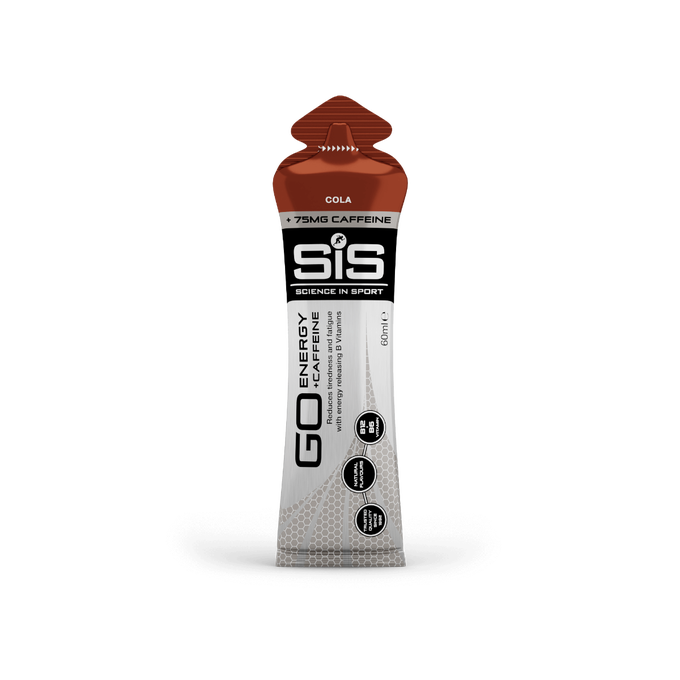
There are also some ‘halfway house’ options that are not as extreme as the Seven Oceans blocks, including Emergency Ready food bars, similar from Mayday Industries, SOS Food Lab, and Datrex.
Summary
To summarise, there are options to reduce resupply for rations, but they either;
- Shift the burden back to water (dehydrated)
- Have limited times over which they can be used (FSR/CCAR)
- Not sustainable (fishing and trapping)
- The very lowest level of sustenance and appeal (Survival Rations)
No easy options, although like with water, we should not discount scavenging in domestic and commercial premises.
